The Nazi regime, infamous for its wartime atrocities, also pushed forward a range of technological innovations that have had surprising and long-lasting impacts across fields like medicine, engineering, and transportation. From the practical to the bizarre, here are 18 groundbreaking inventions from this turbulent era that unexpectedly shaped future advancements.
18. Pervitin: The Soldier Stimulant

Pervitin, an early form of methamphetamine, was given widely to Nazi soldiers as a way to extend endurance and cut down on fatigue. Available over-the-counter, this drug kept soldiers awake and alert for long stretches—a desperate tactic with harsh side effects. While it temporarily boosted performance, post-war research revealed serious issues like addiction and psychological distress among users.
17. Elektroboot: The First True Submarine
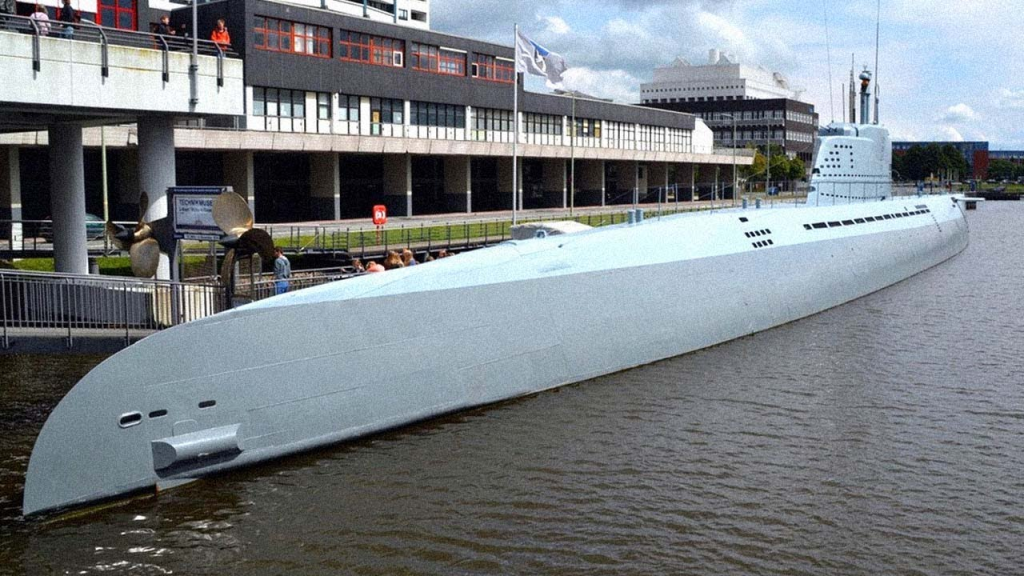
As naval warfare intensified, German engineers developed the Elektroboot, the first submarine able to stay submerged for extended periods without resurfacing. Capable of speeds up to 30 mph underwater, it charged its batteries while submerged, a feature that set it apart from earlier models. The Elektroboot inspired the German Type XXI and Type XXIII U-boats and laid the groundwork for today’s advanced submersibles.
16. Intramedullary Rod (Küntscher Nail): Game-Changer in Orthopedics
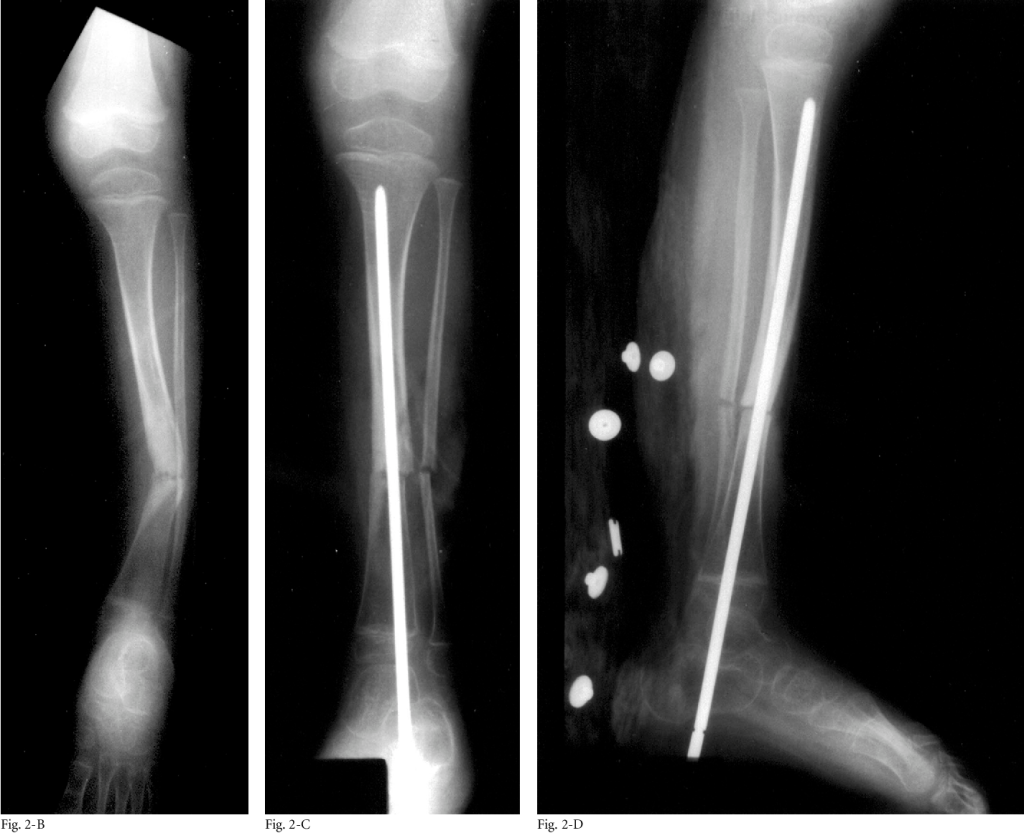
The intramedullary rod, or Küntscher nail, was a breakthrough for treating fractured femurs, allowing soldiers to heal faster. Made of titanium or stainless steel, this rod was inserted into the bone for stability, reducing the need for prolonged rest. Today, intramedullary rods are essential in orthopedic surgery, reflecting the lasting impact of this wartime innovation on modern medicine.
15. Horton Ho 229: The Birth of Stealth Aircraft
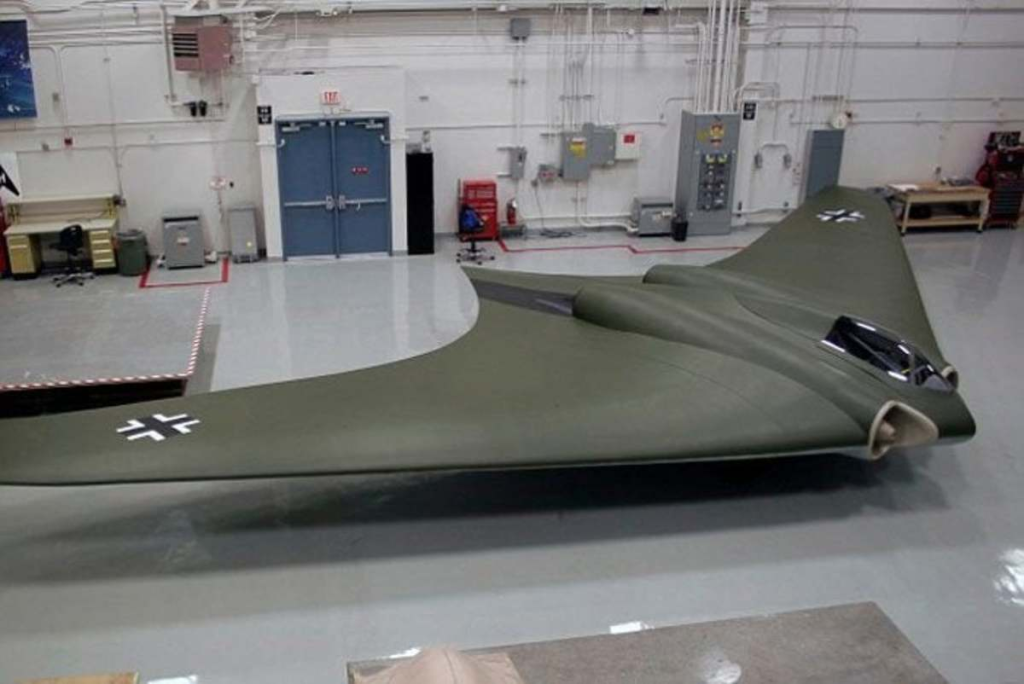
The Horton Ho 229 introduced stealth aircraft technology in 1943, using a flying wing design that helped it evade radar. Although it never reached mass production, the Horton’s principles influenced the development of modern stealth fighters and bombers. This sleek aircraft remains a fascinating early example of radar-evading engineering.
14. The Enigma Machine: Sparking a Cipher Revolution
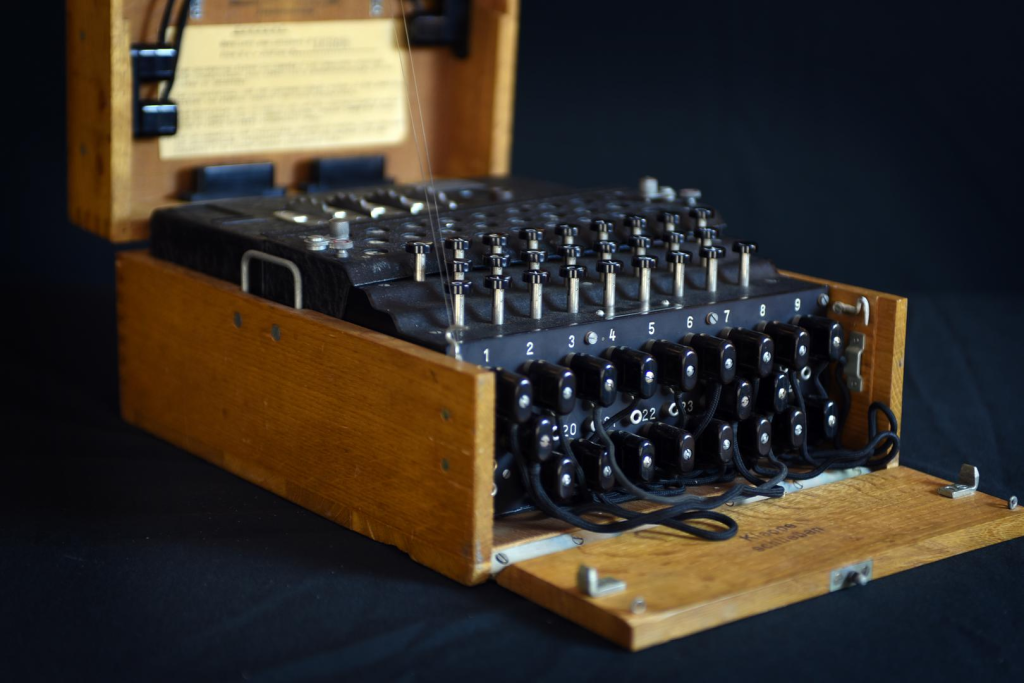
Designed by German engineer Arthur Scherbius, the Enigma machine was created for secure military communication. Though intended as a tool for the Nazi regime, the Allies’ successful code-breaking efforts not only turned the tide of the war but also laid the foundation for modern computer science and cybersecurity.
13. Einheitsempfänger: Broadcast Propaganda to the Masses

The Einheitsempfänger, introduced in 1939, was an early attempt at mass communication through television. It was crafted to bring Nazi propaganda directly into German homes, showcasing the regime’s early recognition of media’s influence over public opinion.
12. Volksempfänger: Radio for the People
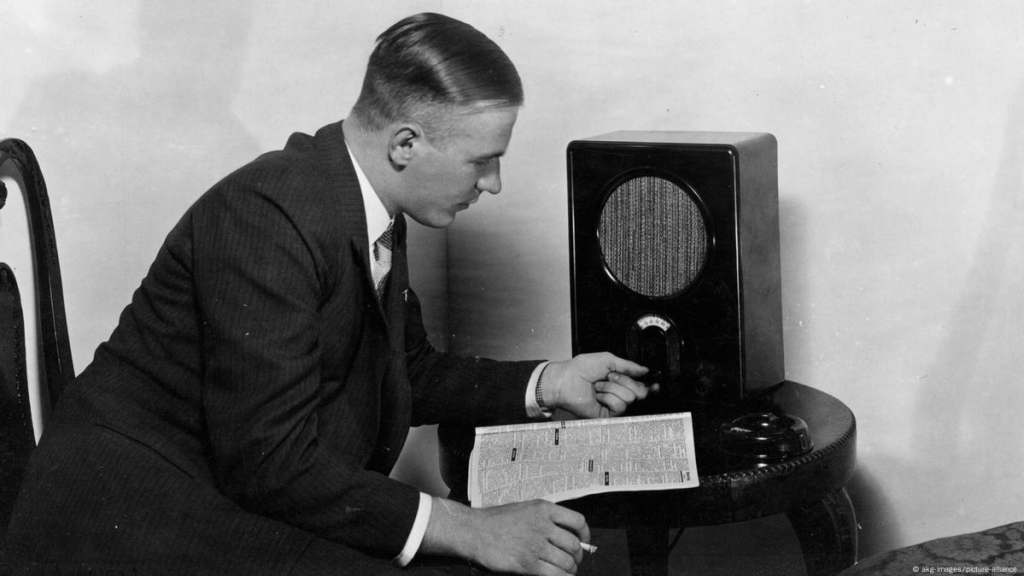
Similarly, the Volksempfänger or “people’s receiver” was an affordable radio designed to stream Nazi broadcasts into every German household. Its widespread availability made it possible for the regime to control narratives and cultivate nationalist sentiment across the nation.
11. The Messerschmitt Me 262: The First Fighter Jet
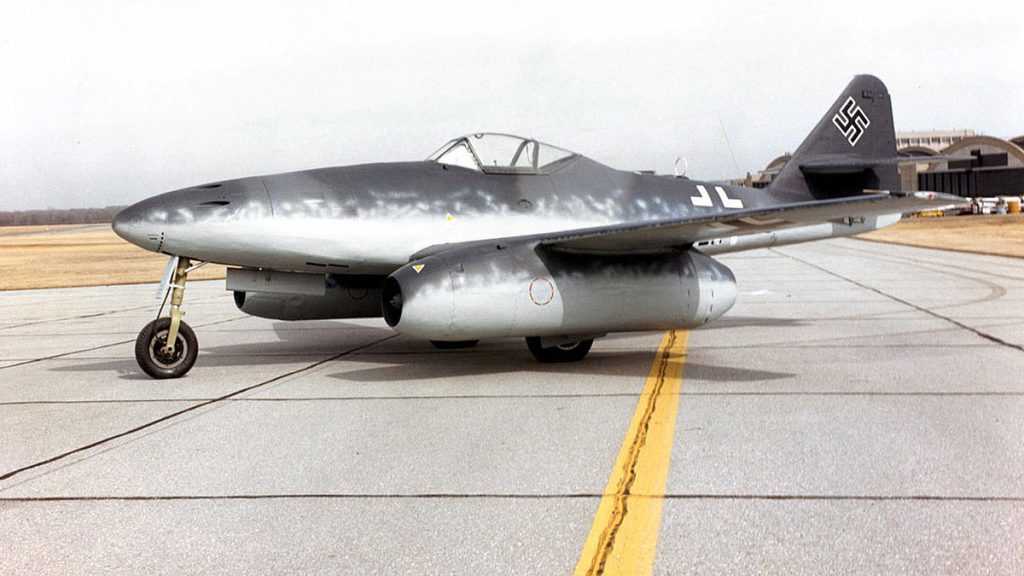
The Messerschmitt Me 262 revolutionized air combat as the world’s first mass-produced fighter jet. Launched in 1939, it demonstrated the potential of jet-powered flight and influenced future generations of aircraft. The Me 262 became a milestone in military aviation, though its true impact on warfare came post-WWII as nations adopted jet technology.
10. 3D Filming: Propaganda in a New Dimension

Years before Hollywood mainstreamed 3D, Nazi engineers experimented with it to enhance propaganda’s impact. These immersive films offered viewers an entirely new visual experience, foreshadowing the entertainment industry’s eventual embrace of 3D for storytelling.
9. The Borghild Project: A Peculiar Approach to Troop Health

In an effort to curb the spread of STDs among soldiers, the Nazis launched the Borghild project, which aimed to produce blow-up dolls as a “clean” alternative. While the project never gained acceptance, it reveals the unusual lengths the regime would go to address issues within its ranks.
8. Z4 Computer: Early Steps in Computing
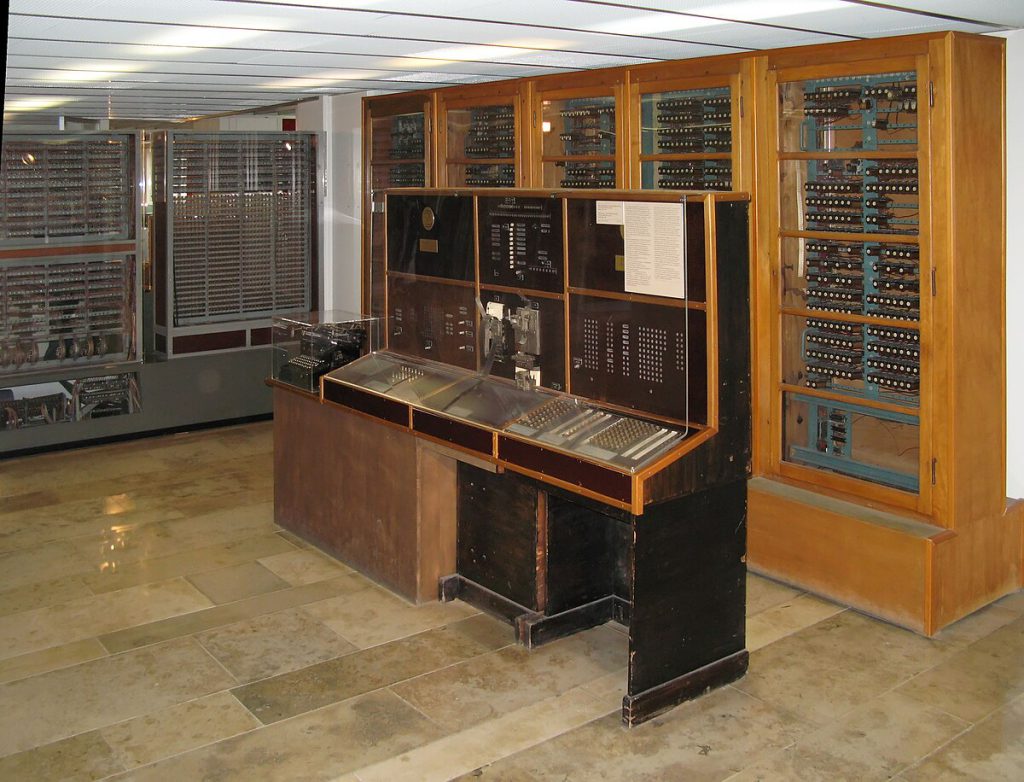
Created by Conrad Zuse, the Z4 is recognized as one of the earliest commercial digital computers. Its innovative design contributed to the rise of computing technology, influencing developments that would shape the future of the digital age.
7. The V2 Rocket: Launching a New Era in Space Exploration
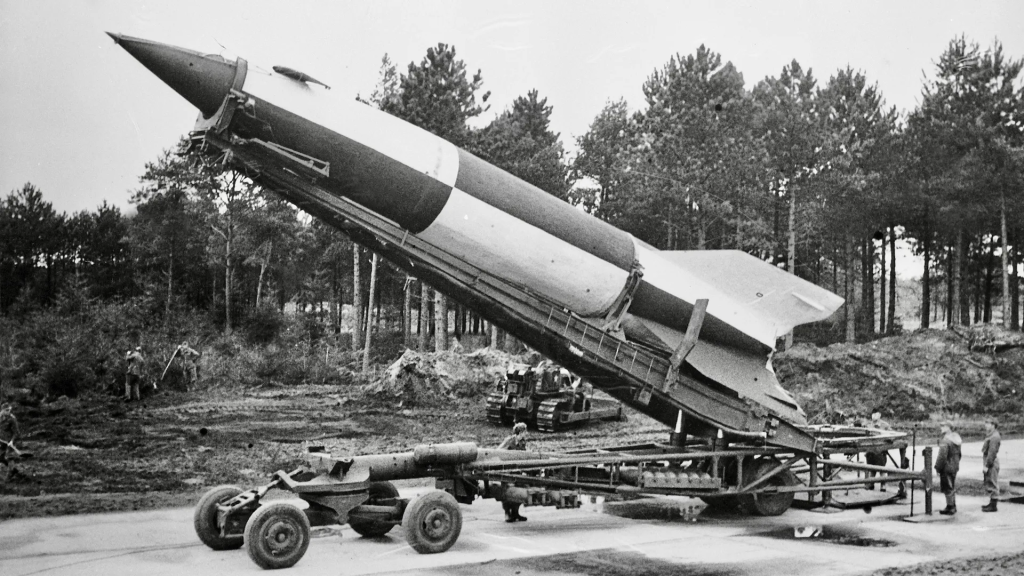
Led by Wernher von Braun, the V2 rocket program introduced the first long-range guided ballistic missile. This powerful weapon would later inspire space exploration, as post-war scientists expanded on its technology to build rockets for space missions.
6. Jerrycan: Durable Fuel Storage

The German-designed jerrycan was a fuel container so effective that Allied forces quickly adopted it. Known as the Wehrmacht-Einheitskanister in Germany, its ergonomic design and durability made it invaluable in wartime and beyond. Fun fact: British troops dubbed it the “jerrycan” based on their nickname for German soldiers, “Jerry.”
5. Chloroquine: An Anti-Malaria Staple

Originally developed by German scientists, chloroquine eventually became a key treatment for malaria. While initially considered toxic, later refinements allowed it to be safely used worldwide, underscoring its ongoing importance in medicine even amid rising drug-resistant strains.
4. Nerve Agents: Chemical Warfare’s Dark Invention

Among the most dangerous weapons of WWII, Nazi scientists developed nerve agents intended for chemical warfare. Though never deployed, these agents served as a chilling reminder of chemical weapons’ destructive potential, later prompting international efforts to control their use.
3. Night Vision Technology: Seeing in the Dark
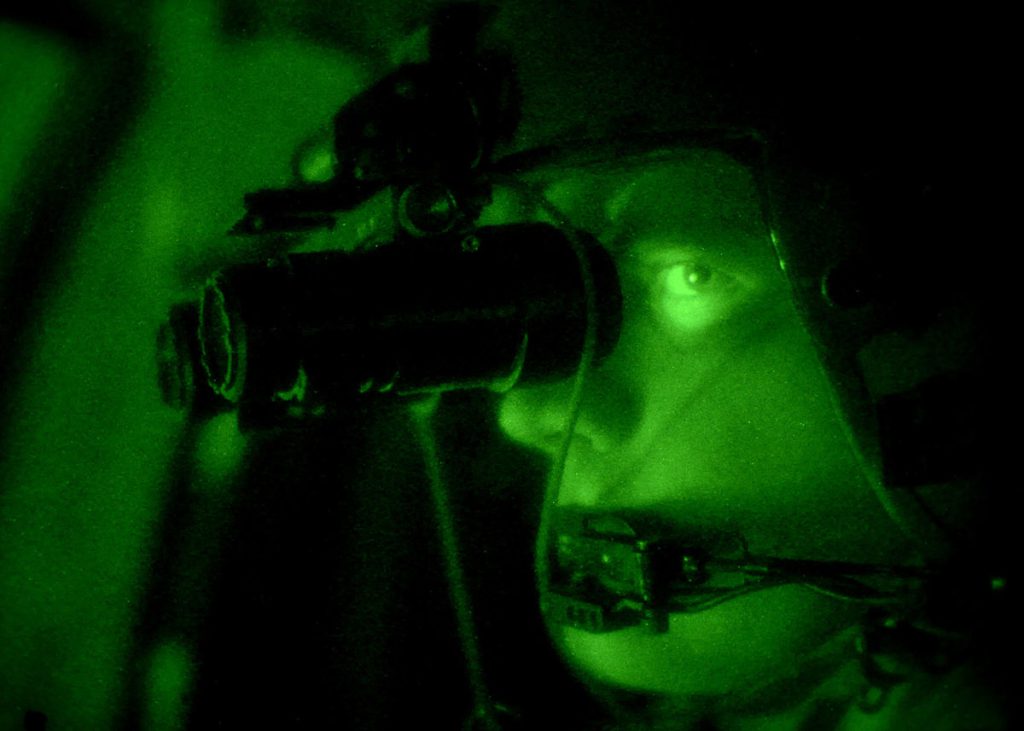
German scientists made strides in night vision technology, developing devices that allowed troops to engage in combat under cover of darkness. This innovation has evolved significantly since, now used in everything from military operations to search-and-rescue missions.
2. The Panzerschreck: A Precursor to Modern RPGs
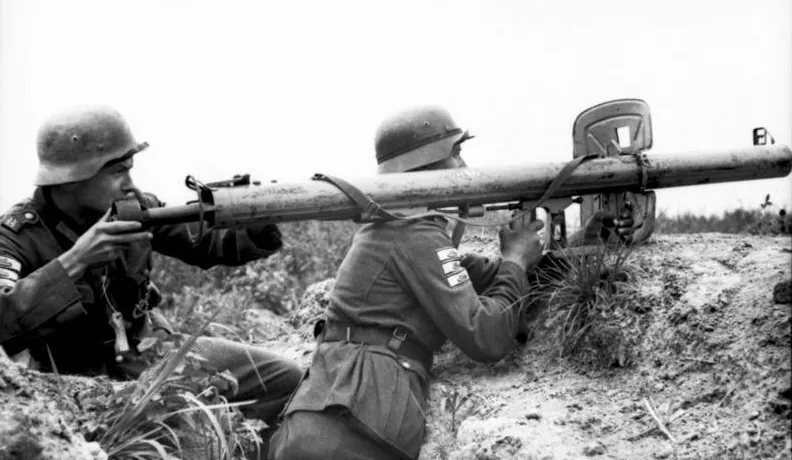
The Panzerschreck, one of the first rocket-propelled grenade (RPG) systems, gave the Nazi military a way to strike more aggressively. Its design laid the groundwork for modern RPGs, still widely used in military operations today.
1. Volkswagen Beetle: From Nazi-Era Utility to Cultural Icon

The Volkswagen Beetle, initially commissioned by Hitler to provide affordable transportation, transformed over time into a symbol of peace and love. Today, Volkswagen has become a global carmaker, and the Beetle itself endures as a cultural icon, showing how even the darkest origins can lead to surprising, positive legacies.




























